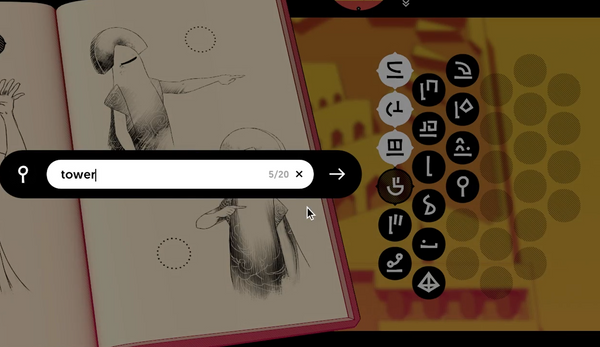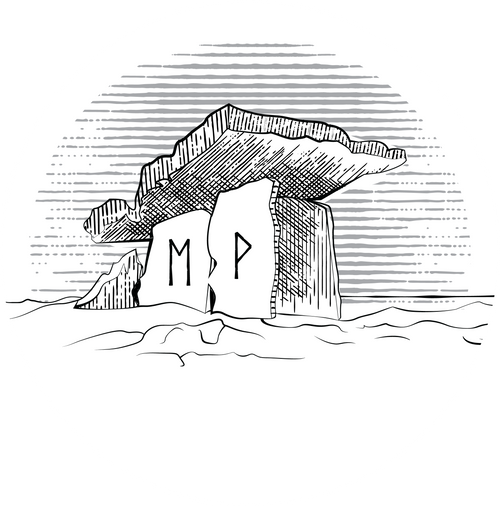I’ve been using Game Maker’s Toolkit’s YouTube Channel as a source of inspiration for a while now. His discussion of game design, though it focuses on video games, is perfect for getting my brain working in design mode. One of his latest series is Weekender, where he suggests interesting games that are small enough to be played over a weekend. This is perfect for my schedule, where one Weekender is more like a Fortnighter for me!
So I picked up his latest recommendation; Chants of Sennaar. It’s a puzzle game set in a world where you don’t speak the language, based on the Tower of Babel. The puzzles are usually made easier by understanding the language. And so as I played it (on stream here) I began to see the shape of something that might work in D&D and TTRPGs. Because as we know, languages in D&D are a boring, tacked-on feature.
Let’s talk about Chants of Sennaar:
You start with a puzzle where you’ve got to open and close a line of valves in a set pattern. Earlier, you see a door with a lever. The two options on the lever are these two symbols. Presumably open and close. And these valves have a code made of these two symbols too. So that puzzle is easy enough; open and close the valves in the order of the open and close symbols. It gets harder, but now you get the idea.
Slowly, you learn the language through contextual clues like this.

One of the key design choices is to keep the language incredibly simple and limited. There are X symbols to understand, there are no tenses, and as it appears in-game, there’s no distinction between verbal and written language (because you see speech written in speech bubbles). So this pictographic language is really just a code. A simple cipher.
Learning a language as solving a cipher is a neat little way to bring this idea to life in a game. To help you along, the game gives you a journal with every symbol you’ve seen and a space for your notes on what you hypothesise. On top of that, you’re given flashbacks and little pictures of where you discovered this symbol to help you remember the context. Because after all, it is the context that is teaching you the language.

When the time comes to lock in a translation, you place the symbols next to drawings that indicate what they mean. In this scenario you can brute force it by placing symbols in a variety of ways until the page magically translates it for you. But hopefully by that time you basically understand the symbols anyway.
What’s this got to do with D&D?
One might imagine a similar system in a D&D game, where instead of being fluent in 4 languages, you’re learning your secondary languages. And as you learn them you are deciphering a code.
For example
A magically locked door reads “Lie to me” in Infernal - and the person who has Infernal as a secondary language can roll to see how much they understand. Maybe a really high roll they understand it first time. On an average roll they instead can remember times where they’ve seen the same symbols, giving them context to decipher it themselves. And on a low roll, all they can do it note down the symbols, and hope they appear later on.
This kind of system is probably a lot of work for the DM, so it would require a dedicated resource with reference tables and scenarios… I guess I’ll add that the Megalithic Prints to do list then!
I’ll continue to play Chants of Sennaar and ponder this puzzle. If you want to follow us chipping away at our Project List then you should join the Discord where we release free stuff, like adventures and I promise soon… additional systems for D&D.
Faraþ gesunde,
Rhys
